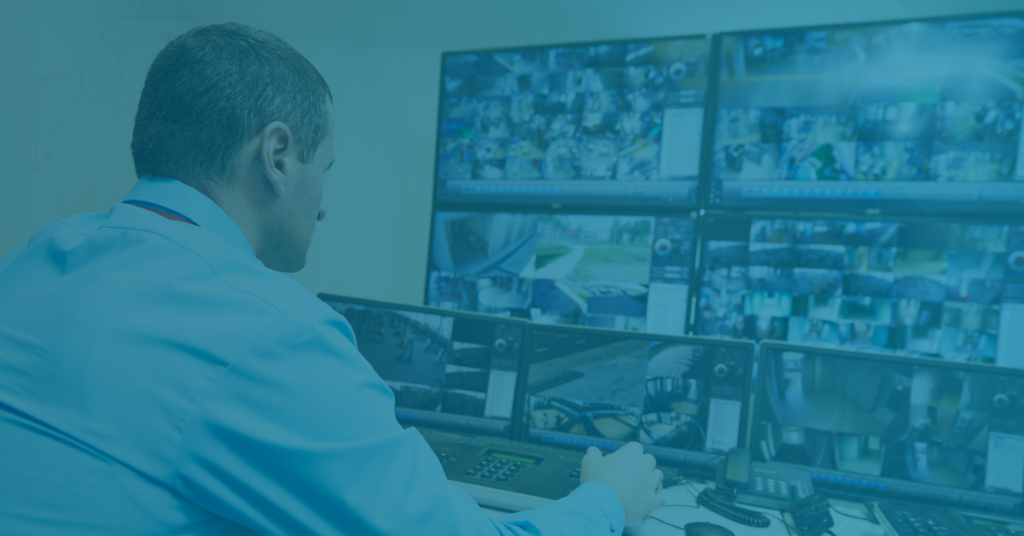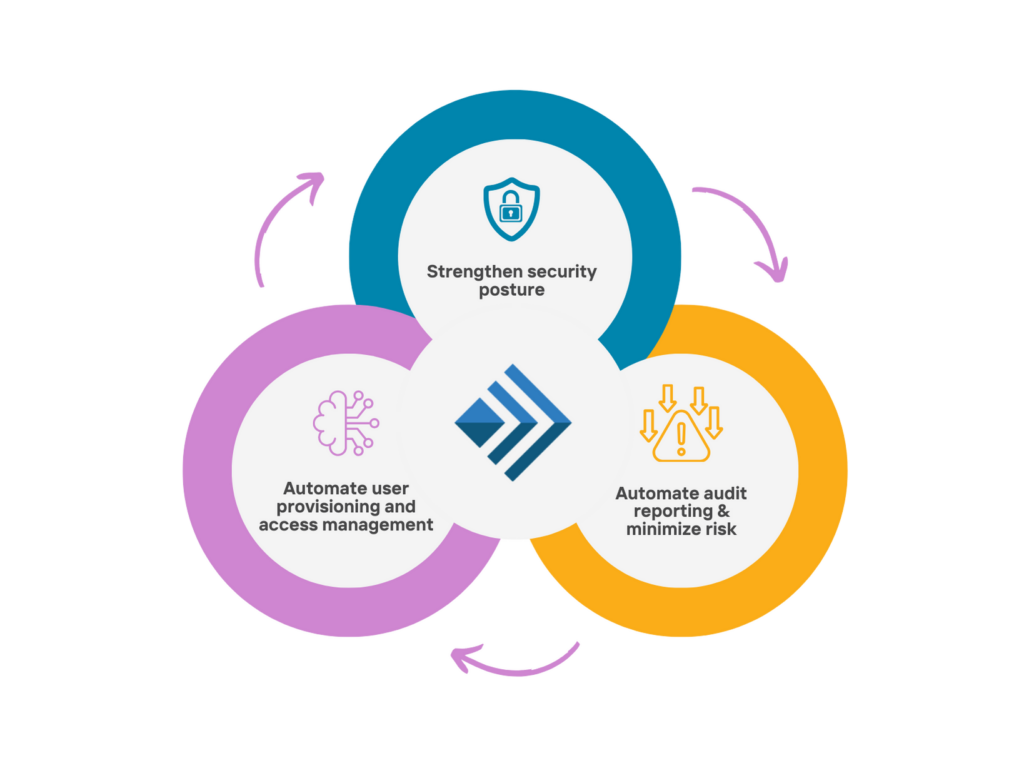
In less than a month, two cyberattacks shook the United States and other nations, impacting people’s daily lives. It’s ironic that the countries where these attacks happened are developed nations, where information security is expected to be top-notch, but the reality is far from it. Organizations that take proactive steps to counter cyberattacks are likely to curb the numbers.
Consider this: We are only in the middle of 2021, and there have been 10 major cyberattacks. Two recent attacks – Colonial Pipeline and JBS Foods – involved multiple sectors. The industries most affected were media and entertainment, educational institutions, financial services, oil and gas, utility, information technology and security, aerospace and aviation, and food processing and telecom, to name a few.
The Colonial Pipeline cyberattack resulted in the shutdown of 5,500 miles of pipeline that led to a scarcity of gas, panic buying, high gas prices and tens of million dollars spent to restore systems. As impact details are still coming in on the JBS cyberattack – one of the largest food processing organizations – we already know the supply chain crisis of meat would have one of the biggest impacts, even if temporarily. Add to that the cost a company incurs dealing with the attack; the average cost of a cyberattack is $4 mn and could be much more depending on the size, industry and many other factors.
So, why are we witnessing these attacks year after year, without being able to minimize the impact? Do we not have enough information security technologies to curb the attacks? While there may not be a shortage of technologies to curb cyberattacks, a lack of cybersecurity talents is much discussed. Close to 70% of cybersecurity professionals acknowledge there is an impact on the organization because of the skills shortage. But should that stop the leadership from taking proactive measures?
The fact is – proactive and tactical security measures are the only ways to minimize cyberattacks – whether it’s utilizing the best tools for physical security or access management. Security teams that aren’t considering proactive cybersecurity measures are simply leaving the door open for a hacker and waiting for an attack. Organizations that have a strategy in place need proactive audits to ensure tools and platforms are set up by filling the gaps that caused the most recent attacks.
Proactively investing in systems, software and people to ensure the best-in-class defense against hackers is no more a technical need – it is a business need of every organization that wants to minimize impacts on costs, operations and brand equity. The current administration’s executive order, although late, at least acknowledges the need and sets up a roadmap for developing proactive strategies around securing data and citizens from the burden of the impact.
Developing a proactive approach towards architecting and implementing a robust cybersecurity action plan should be one of the top three priorities for decision makers. What are some proactive steps to minimize cybersecurity attacks?
Review IT Assets
Not assessing hardware and software in the IT systems is detrimental to security management. Ensuring complete visibility and upgrades is not only relevant for successful IT systems management, but it also plays a major role in endpoint security. With detailed reporting on IT asset inventory, you can identify applications that need to be whitelisted or blacklisted, and it minimizes and prevents security lapses.
Recognize the Relevance of IAM
Increasingly, the role of IAM in cybersecurity is being recognized as a top priority. The major focus on IAM is being driven by the “customer-facing interactions on digital channels” and the pandemic leading to a rapid increase of remote workforce (Gartner, 2021). In a study by Hitachi ID (2020), 43% of CIOs plan to invest in IAM, compared to 34% who plan to invest in endpoint security to achieve their security and remote enablement goals. From access management of devices, networks, servers, to password management, to identity and access governance – these form a crucial role in securing infrastructure. Consequently, leaders are realizing that the role of IAM in ensuring robust cybersecurity practices, and a proactive IAM strategy could prove extremely beneficial in preventing attacks.
Educate Stakeholders
Be it employees or customers, organizations need to educate their organization about possible threats and best practices to safeguard access to critical data, information, access and identity. Educating stakeholders periodically is one of the best proactive measures, and it doesn’t require a huge investments or a ton of resources.
Set up Policies and Regular Audits to Keep up with Compliance
As much as implementing the best tools to safeguard systems is important, the foundation of a secured infrastructure starts by developing robust security practices and policies. Once the policies related to key aspects of information security have been determined, regular audits to keep them updated based on the industry events around security attacks and compliances should be an uncompromised practice.
When 80% of senior IT and IT security leaders believe their organization lacks sufficient protection against cyberattacks, despite an increase in budget, it means there is a considerable gap in the approach. Organizations are dealing with massive environments, digital transformation, lack of talent and other regulations.
